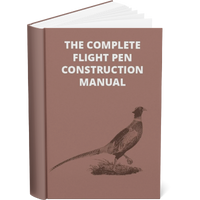A Pheasant Farm’s Most Wanted List
When you’re running the largest pheasant farm in the U.S., everybody wants a piece—including some of nature’s most wily predators. At MacFarlane Pheasants, raising pheasants also includes protecting them from unwanted visitors, and in our home in Janesville, Wisc., we’ve gotten to know all the local troublemakers. The below animals comprise our list of repeat offenders.
The most common predator we run into—in fact, the most common in the state—is the raccoon. Raccoons breed quickly, with litters of up to five pups, and they’re smarter than most. Once they’re into a pen, they then teach all their young the same tricks, making it a long process of rooting out a family. Evidence of raccoons is pretty obvious: walking around the pens, you’ll see their holes under the fence, and you’ll see a lot of dead birds. Examining the birds, you’ll find tell-tale gnaw marks. Once a raccoon problem is discovered, we’ll set traps around their holes and around the perimeter of the pens themselves.
Next on our Most Wanted list is the mink, and minks are just mean. Where at least the raccoons appear to kill birds in order to eat, minks seem to kill almost for the love of the kill. They also possess an incredible intellect, and at least one scientific study has shown them to out-learn ferrets, skunks, and cats. While their occurrence is less common than raccoons, their damage is often greater, and there’s even more of an imperative to deal with them before things get out of hand.
Besides these two, we also occasionally have to deal coyotes and foxes. But dealing with predators often starts with removing ways that make it easy for them to get into the pens in the first place. We mow as far between the pens and the treeline as we can, and we consistently are cutting down the tall grass at the pens’ fenceline. Both of these go a long way in discouraging common predators from singling out our pheasants.
It’s a year-round job of guarding our pheasants, with a spike in the action in October when the corn is harvested and predators must go on the move. But when they do show up at our door, it’s usually not more than a couple days that they go without meeting their just deserts. Protecting our birds is just one of the ways that MacFarlane Pheasants is always striving to become better.
Related Posts
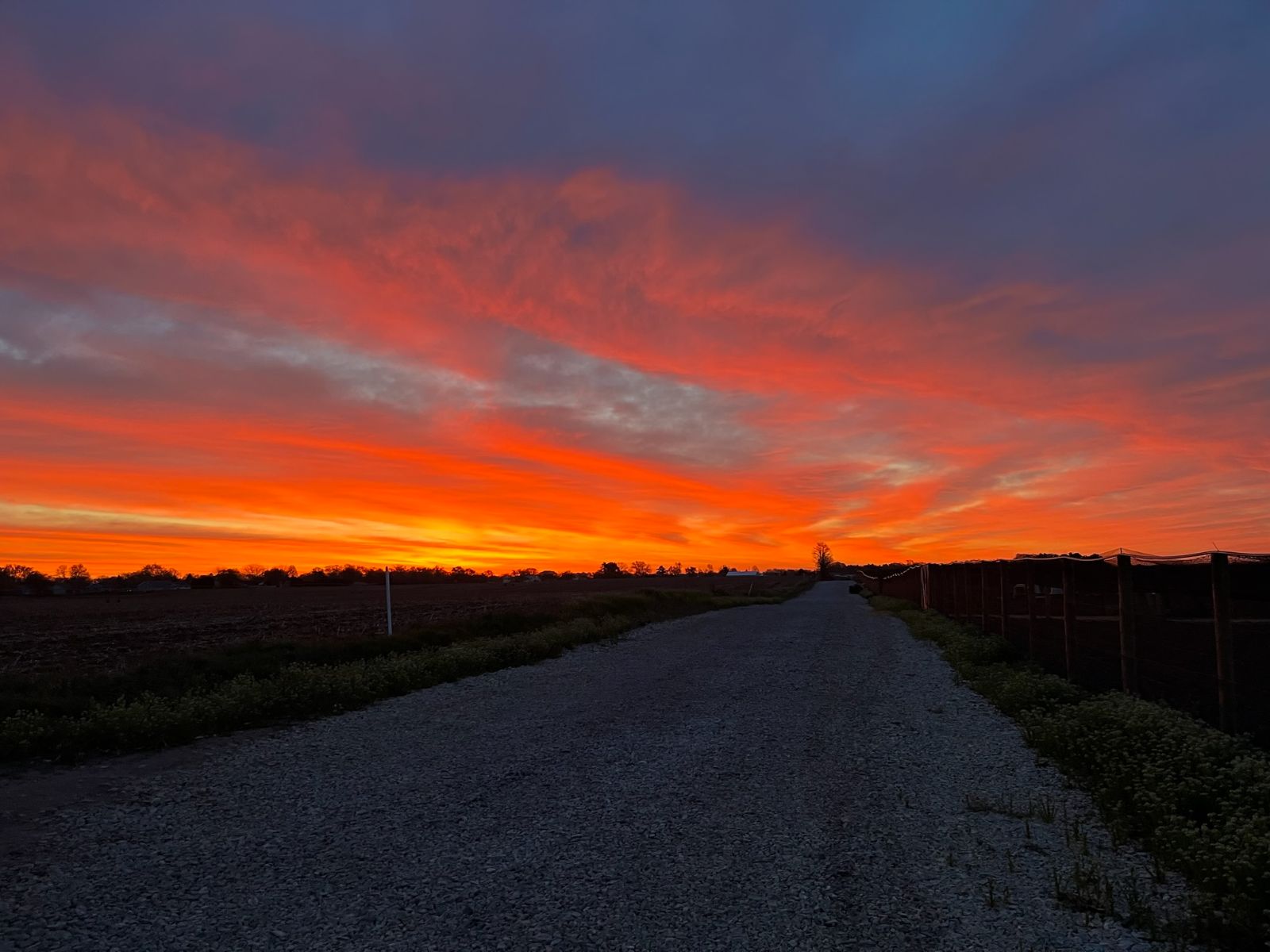
A Journey of Expansion: Jim Clark’s Legacy & Our New 16 Acres of Pheasant Pens
Read Post
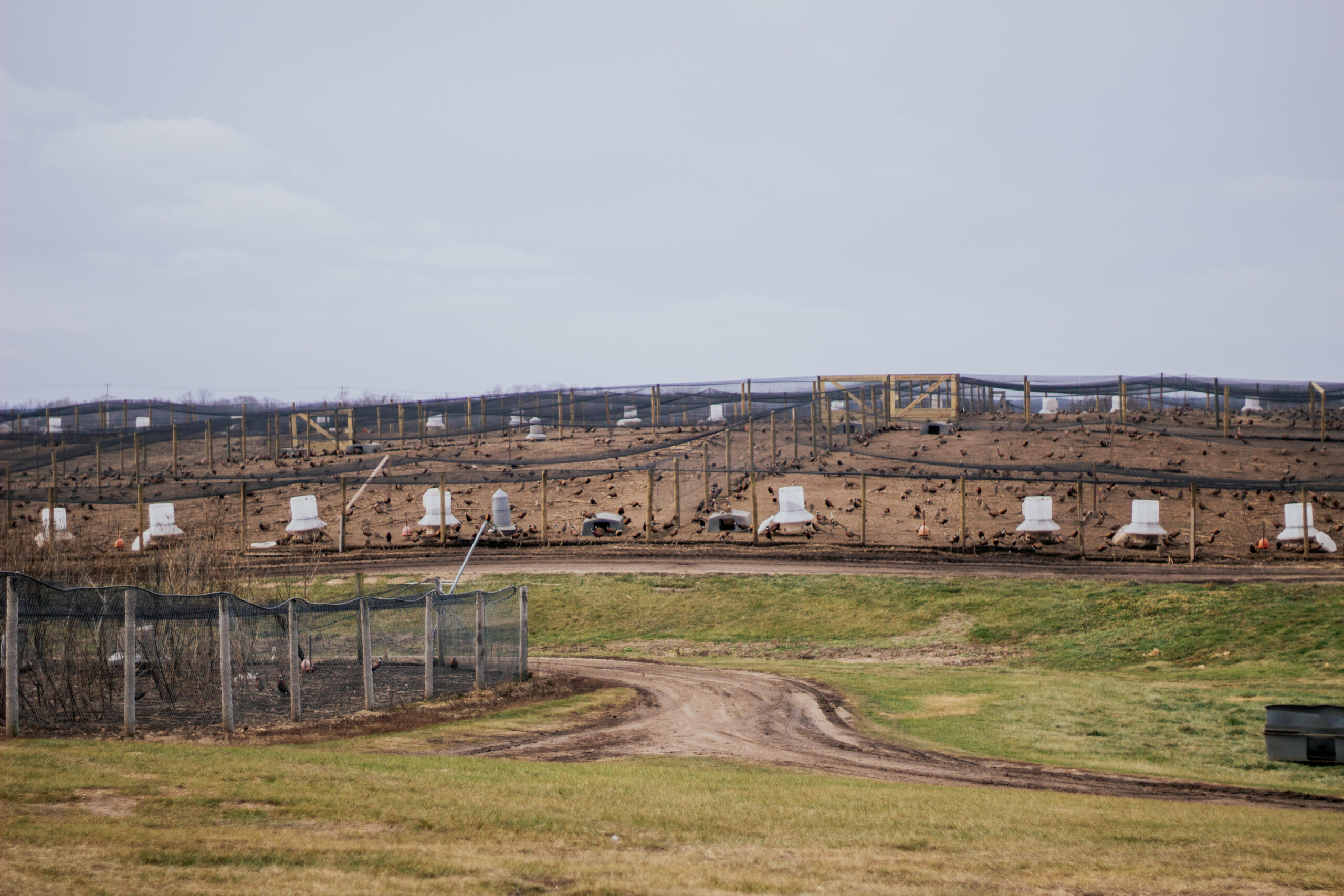
Preparing Our Barns & Pens Each Spring
Read Post
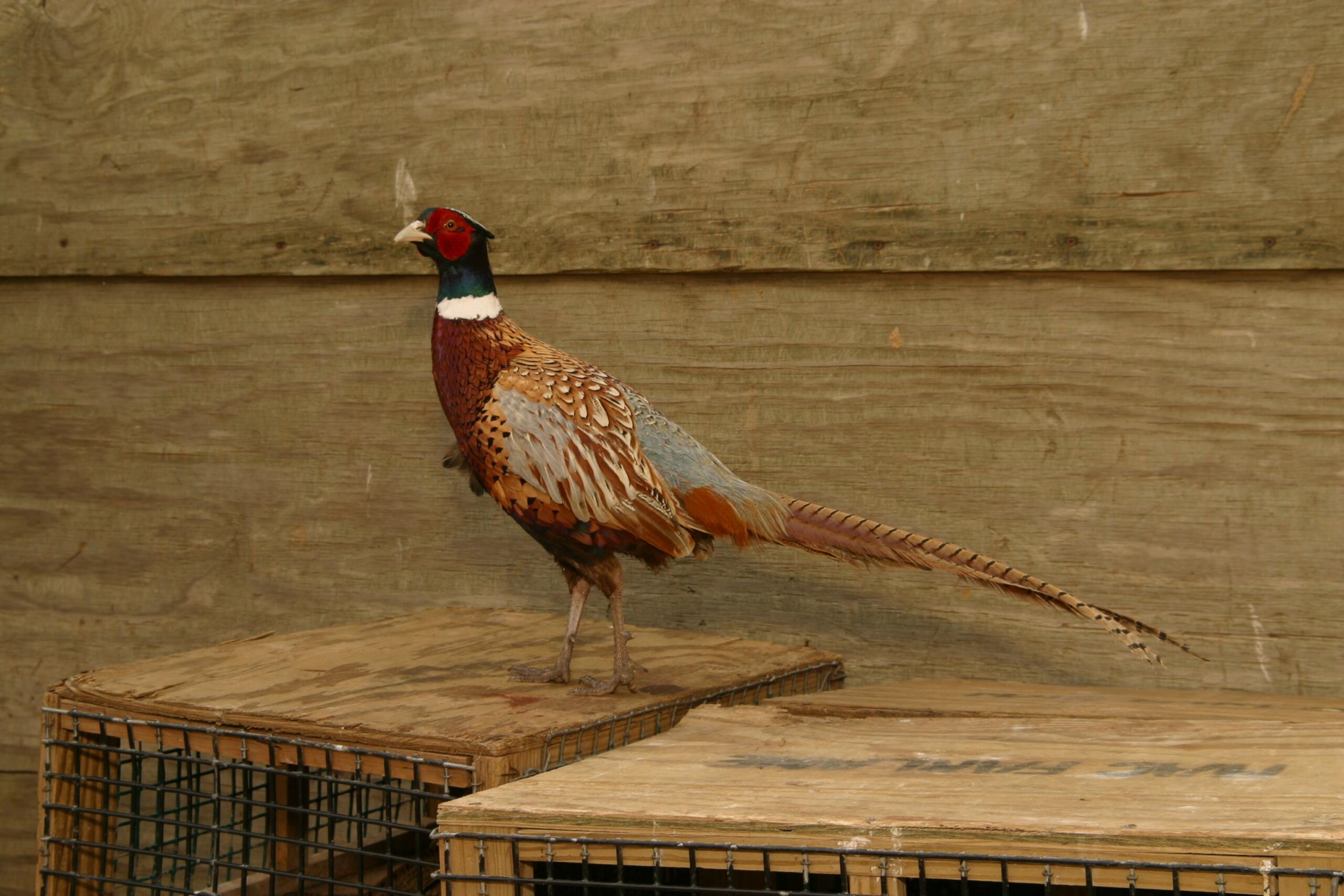
DuPont Financial Analysis Model
Read Post
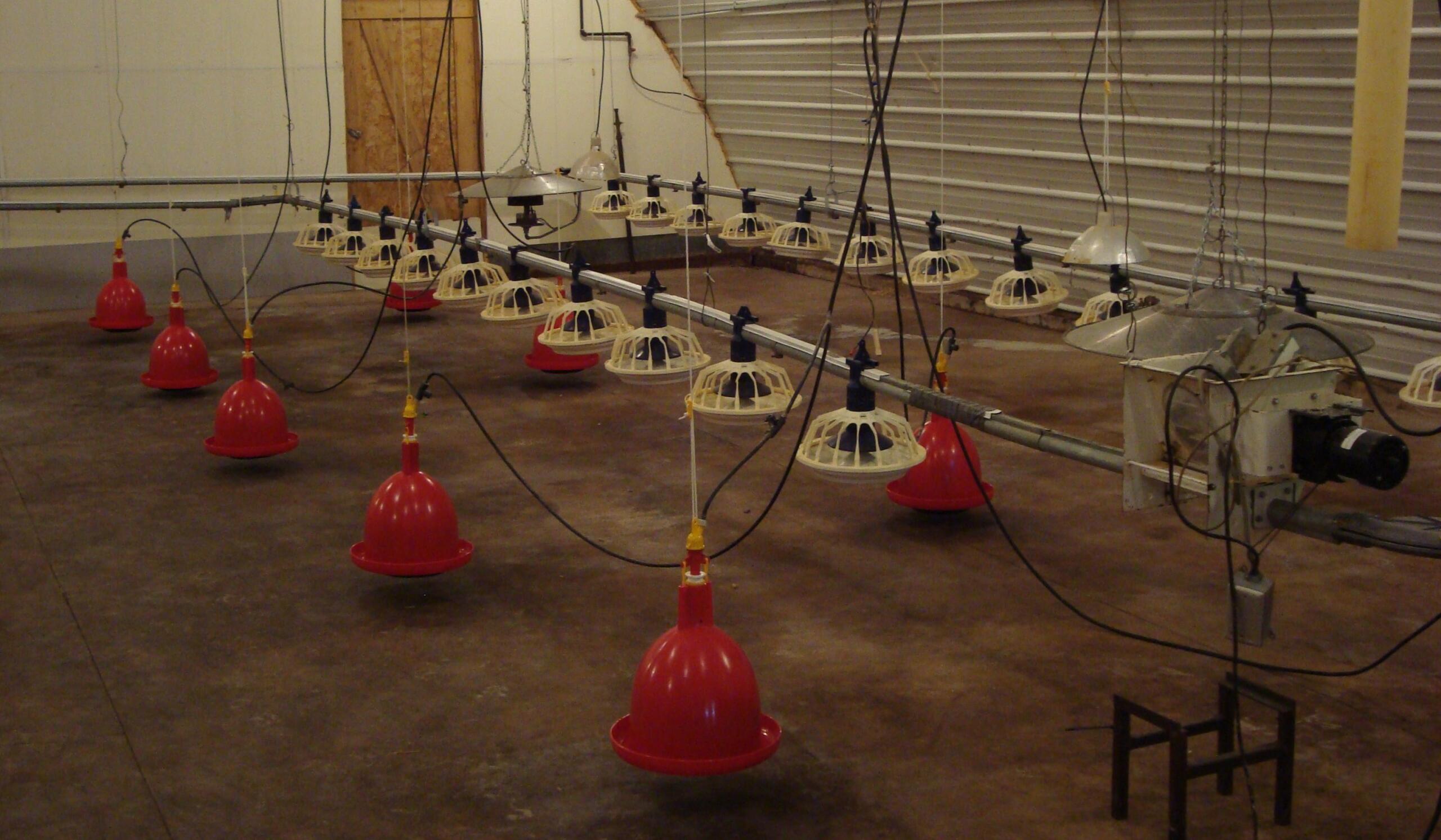
6 Feed and Water Procedures to Keep MacFarlane Pheasants Healthy
Read Post

Advice on what protein % feed to use for your pheasants.
Read Post

All Pheasant Feed Is Not Created Equal
Read Post

Bill MacFarlane Featured In Mother Earth News!
Read Post
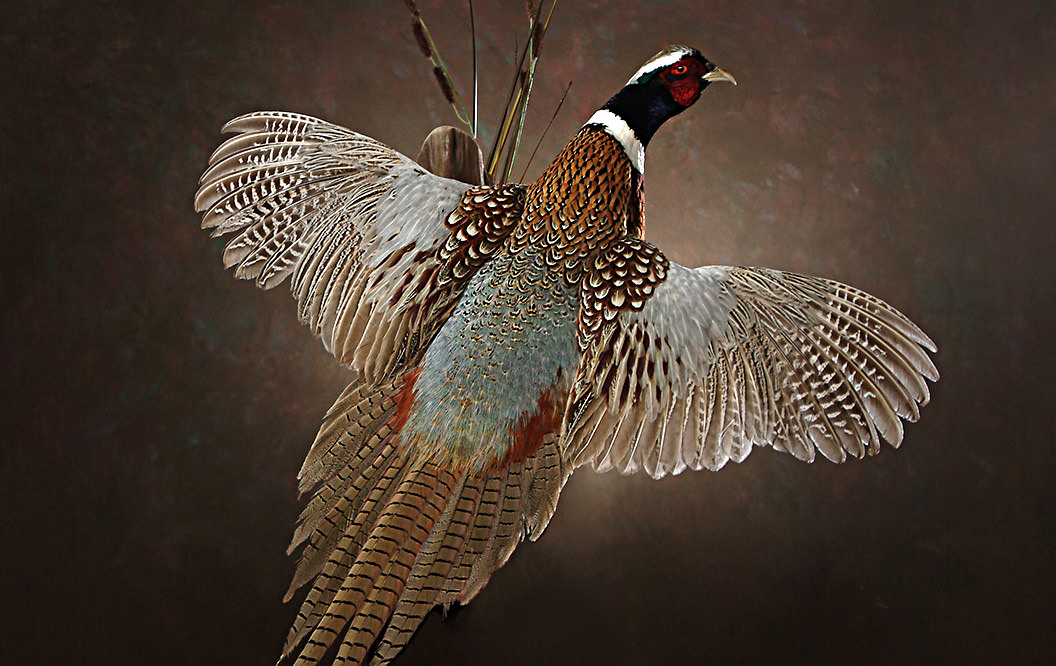
Birds For Mounting
Read Post
Take Advantage of These Free Resources
As the biggest game bird farm in the United States, we want to share our experience with you. Download our free resources below and get started.




